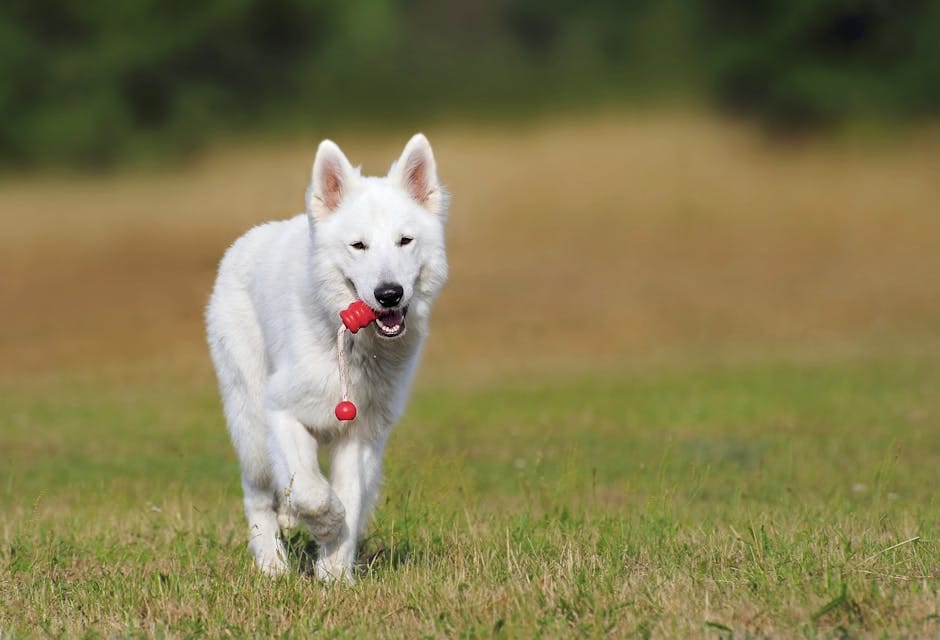Every dog has the potential to be a well-behaved, loving companion, but unlocking that potential requires effective training. Dog training is not simply about teaching tricks; it's about establishing a strong bond between you and your dog, improving their behavior, and ensuring their well-being.
**Setting Realistic Goals**
Before embarking on the dog training journey, it's crucial to set realistic goals. Consider your dog's age, breed, and temperament. Start with basic obedience commands such as sit, stay, come, and heel. As your dog progresses, you can gradually introduce more advanced behaviors.
**Positive Reinforcement**
Positive reinforcement is the most effective method of dog training. When your dog exhibits desired behaviors, reward them immediately with praise, treats, or playtime. This creates a positive association between the behavior and the reward, making them more likely to repeat it.
**Consistency and Patience**
Training requires consistency and patience from the handler. Establish clear rules and expectations for your dog and enforce them consistently. Avoid using punishment or negative reinforcement, as these can damage the bond between you and your dog.
**Socialization**
Socialization is an essential aspect of dog training. Expose your dog to various people, animals, and environments from a young age. This helps them develop confidence and adaptability, reducing the likelihood of fear or aggression.
**Leash Training**
Leash training is crucial for ensuring your dog's safety and preventing them from pulling on the leash. Start by teaching your dog to walk calmly on a loose leash in quiet areas. Gradually increase distractions and environments as they become more comfortable.
**Crate Training**
Crate training provides your dog with a safe and secure space. It can help with housebreaking, preventing destructive chewing, and reducing anxiety during travel. Introduce the crate gradually and make it a positive experience for your dog.
**Advanced Training**
Once your dog has mastered basic obedience commands, you can consider advanced training such as agility, tracking, or obedience competitions. These activities provide mental and physical stimulation and can strengthen the bond between you and your dog.
**Professional Help**
If you encounter challenges in training your dog or if they exhibit behavioral issues, don't hesitate to seek professional help from a certified dog trainer or veterinarian. They can provide guidance, expert advice, and support to help you achieve your training goals and ensure your dog's well-being.
